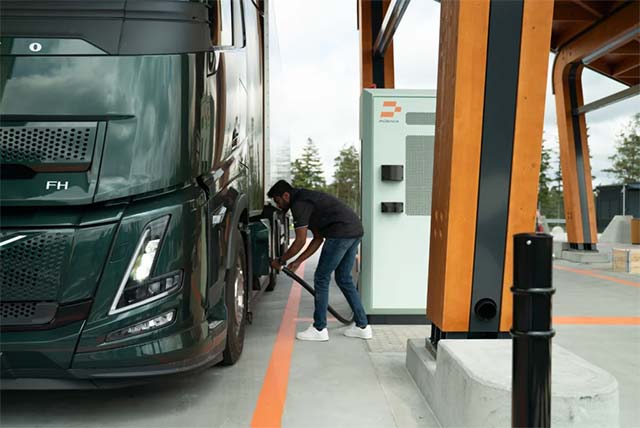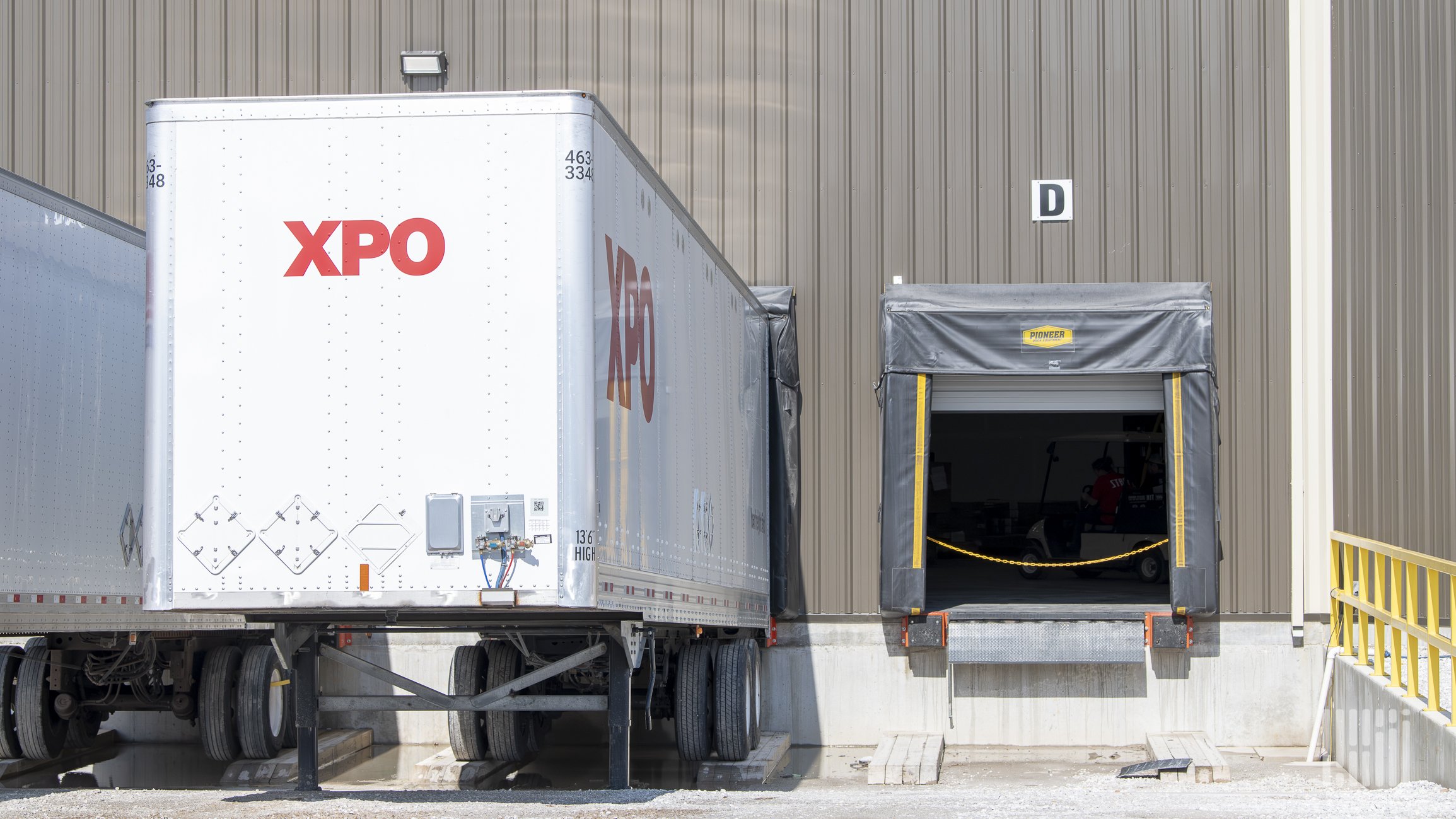Building a Back Office That Doesn’t Fall Apart When You Add Trucks
Everyone wants to scale. Until they do. That’s when the problems start. Invoices get missed. Drivers start calling dispatch for payroll issues. You’re chasing paperwork, and no one can find the load confirmation for that Tuesday drop in Birmingham. Adding trucks too fast without fixing your back office is like building a house on wet […] The post Building a Back Office That Doesn’t Fall Apart When You Add Trucks appeared first on FreightWaves.

Everyone wants to scale. Until they do. That’s when the problems start.
Invoices get missed. Drivers start calling dispatch for payroll issues. You’re chasing paperwork, and no one can find the load confirmation for that Tuesday drop in Birmingham.
Adding trucks too fast without fixing your back office is like building a house on wet cardboard. It’ll hold for a little while. But the more weight you put on it, the faster it collapses.
This article breaks down what a back office actually is, why most small fleets ignore it, and how to build one that doesn’t fall apart when you scale from one truck to five and beyond.
First, Let’s Define the Back Office
The back office is everything behind the wheel:
- Billing and invoicing
- Driver settlements
- Dispatch and tracking
- Maintenance records
- Compliance (DOT, ELD, IFTA, insurance, etc.)
- Broker and customer communication
- Document management
If it’s not on the road and it keeps your business running, it’s back office.
Most carriers don’t think about it until it breaks. That’s too late.
The Most Common Failure: Adding Trucks Without Adding Systems
Here’s what usually happens:
- 1 truck: You do everything yourself. Google Sheets, PDFs, and your phone.
- 2 trucks: You add a dispatcher or cousin to help, but no process.
- 3 trucks: Now there’s confusion over who’s doing what. Someone misses factoring paperwork. You’re getting calls from brokers.
- 4+ trucks: Dispatchers overlap, driver messages fall through the cracks, and customers start asking for updates you don’t have.
That’s not growth. That’s chaos. You didn’t scale your business. You multiplied your problems.
Before You Scale: Fix These 5 Core Back Office Systems
You need structure before trucks.
1. Dispatch Clarity
- One source of truth. TMS or shared spreadsheet.
- Every driver load, empty status, delivery time—clearly assigned.
- Avoid the “he said/she said” confusion with a documented system.
2. Invoicing and Documents
- Stop chasing PODs and rate cons in your texts.
- Use tools like Dropbox, Google Drive, or a document pipeline.
- Factoring? Set a weekly upload deadline. Monday cutoff. No exceptions.
3. Driver Settlement Tracker
- Weekly settlements should be automated, not guesstimated.
- Build a template: Gross revenue, deductions, fuel, escrow, pay.
- Consistency builds trust. One mistake, and a driver starts shopping.
4. Maintenance and Inspections
- Keep a shared folder or app for all receipts, inspections, and PM logs.
- Miss one annual inspection, and your safety score takes a hit.
- Build a preventive calendar, not just a repair reaction.
5. Broker and Customer Communication
- Who replies to what? What’s the update window?
- Use templated emails or check calls every X hours.
- Small fleets lose repeat freight because of weak communication. Fix it.
Real Talk: One Dispatcher Can’t Be Payroll, Safety, and HR
If you expect your dispatcher to handle loads, cover payroll, fix driver issues, chase PODs, and keep your IFTA straight, you’re asking them to fail.
You don’t need a big team. You need clear roles. One person can wear three hats, but they can’t wear them all at once.
Split it up:
- Dispatch: Driver management and customer updates
- Admin: Invoicing, documents, settlements
- Compliance: Safety, inspections, registration, insurance
Can it be one person to start? Sure. But the roles must be defined, or they will fall through the cracks.
Start With This Simple Weekly Rhythm
Every Friday, your office should close the week strong:
- Finalize all invoices for the week
- Upload all PODs and BOLs
- Log maintenance or repairs
- Review fuel receipts and IFTA mileage
- Double-check driver settlements for next week
If you’re not closing the week clean, you’re starting the next one already behind.
The Rule: If You Can’t Repeat It, You Can’t Scale It
Growth depends on repeatability. If your process changes every week based on who remembers what, you’re not ready to grow. Make it boring. Make it structured. That’s how you scale without stress.
Use templates. Create checklists. Build shared folders. Assign owners.
Before you add another truck, ask:
- Can we dispatch without errors?
- Are settlements accurate to the penny?
- Is our paperwork complete every week?
If the answer is no, stop. Fix the foundation.
Final Word
Adding trucks isn’t growth if your back office can’t support it. You’re not just building a fleet—you’re building a business. And businesses run on systems, not chaos.
If your second truck breaks your process, imagine what five will do. Build the structure first. Then scale. That’s how you grow on purpose—and grow profitably.
The post Building a Back Office That Doesn’t Fall Apart When You Add Trucks appeared first on FreightWaves.






















































































![Four big takeaways to wrap up the Paris Air Show [Video]](https://breakingdefense.com/wp-content/uploads/sites/3/2023/06/FCAS-scaled-e1685718848105.jpg?#)
![The sights of Paris Air Show, one last time: Day 4 [Photos]](https://breakingdefense.com/wp-content/uploads/sites/3/2025/06/20250617-helenedelacoste-Paris-Air-Show-037-scaled-e1750357690820.jpg?#)
























































